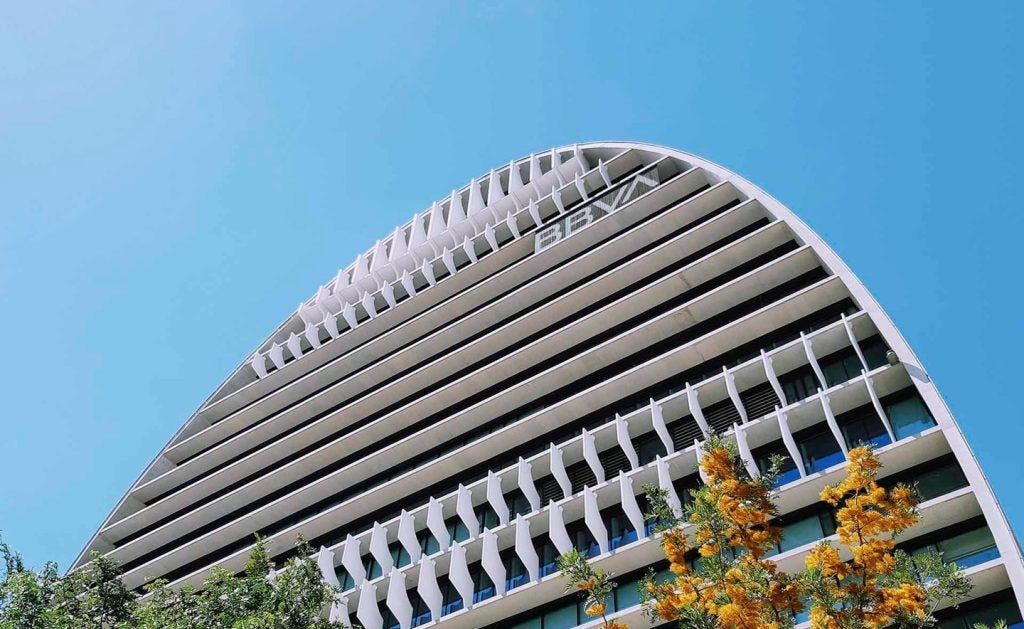Thanks to margin pressures,
impending card reforms and the economic malaise, banks across the
US are rethinking their current account strategies. Charles Davis reports that free current
accounts, a staple of American retail banking for a generation, may
soon be heading the way of the once-ubiquitous free
toaster.
 The end of the free current
The end of the free current
account in the US moved closer with Citi announcing plans last year
to begin charging its primary current account customers a $7.50
monthly fee unless they maintain a $1,500 balance.
Citi was forced into an embarrassing and very
public U-turn cancelling the charges on 1 February following the
intervention of New York Attorney General Andrew Cuomo. It will not
now impose the fees on customers who signed up for its EZ Checking
and Access accounts between 1 January and 5 November 2009, however
the bank is expected to impose the fees from 2011.
Bank of America then followed suit, raising
its monthly fee on current accounts to $8.95, up from $5.95, though
it will continue to wai+ve fees for customers who set up a direct
deposit, maintain a $1,500 monthly balance or open accounts
online.
Now even the grandfather of free banking,
Minnesota-based regional lender TCF Financial, which founded the
concept way back in 1986 with the launch of its “totally free
checking” campaign, is throwing in the towel.
How well do you really know your competitors?
Access the most comprehensive Company Profiles on the market, powered by GlobalData. Save hours of research. Gain competitive edge.

Thank you!
Your download email will arrive shortly
Not ready to buy yet? Download a free sample
We are confident about the unique quality of our Company Profiles. However, we want you to make the most beneficial decision for your business, so we offer a free sample that you can download by submitting the below form
By GlobalDataIn late January, it announced new rules
putting a limit on overdraft fees that will force the bank to
introduce a monthly maintenance fee on more than 1 million current
accounts that previously had none.
The bank’s CEO Bill Cooper said: “It’s the end
of an era.”
The move comes as Congress begins to seriously
weigh the imposition of a limit on overdraft fees on current
accounts. The greater the regulatory clamour, the more tempting it
becomes to replace a fee charged only for those who bounce cheques
with a uniform, across-the-board fee for all current account
customers below a certain threshold.
Fees on the front end of current accounts may
be smaller, but there are millions more of them, and they don’t
infuriate politicians.
The fees banks earn from overdraft fees have
to come from somewhere if retail banking is to be profitable, and,
in 2007, US banks earned about $29 billion from overdraft fees,
according to consultancy firm Oliver Wyman.
However, only about 5 percent of customers
accounted for 68 percent of those fees.
Moebs Services, a Chicago-area economic
research firm, has forecast that US banks will earn $38.9 billion
on overdraft fees during 2009 and said lenders actually increased
the fees – from $25-$27 in 2008 to $29 last year.
Sensing the looming threat of greater
regulation, some US banks already have unveiled plans to ease their
overdraft policies.
Fifth Third Bank of Cincinnati began
experimenting with a customised current account nearly two years
ago. Its Secure Account Checking package, which includes a package
of identity theft monitoring services for $7.50 a month, now
accounts for nearly a quarter of new current accounts at the
bank.
A subsequent launch, the Gold Checking
package, costs $15 per month and includes the identity theft
package as well as cashier’s cheques, money orders and waivers on
out-of-network ATM withdrawals.
Addressing analysts when Fifth Third reported
its fourth-quarter and full-year results, the bank’s chief risk
officer Mary Tuuk acknowledged the change in pricing strategy had
had an effect.
Higher average balances
“Our new higher value and bundled product
offerings are attracting higher average balances,” Tuuk said. “We
have had good feedback from customers on these new product
offerings. That offset a decline in net new account production,
driven by no longer offering the totally free current account
product.”
BBVA Compass Bank has also enjoyed success
with its customised current accounts. Its Build to Order checking
account allows customers to pick and choose from a menu of services
and features.
Customers can choose two from a list for free,
then pay $2 a month for additional features. The menu includes free
access to out-of-network ATMs; interest on balances; double reward
points; 5-cent cash back on debit card purchases; a $25 anniversary
bonus; and one overdraft refund a year. Customers can switch
features as often as they like.
Bank of the West recently announced the launch
of Choice ATM Checking, a new account that allows customers to
withdraw cash from any financial institution’s ATM free of charge
for 12 months.
For new customers who open a Choice ATM
Checking account, Bank of the West will waive its standard fee for
using another bank’s ATM and also refund surcharges assessed by
other financial institutions for one full year.
Sensing an opportunity, technology vendors
also are getting involved in customised current accounts. Fiserv is
developing a Relationship Advance line of credit linked to retail
customers’ current accounts. Members qualify by establishing they
have a relationship with the credit union, have a regular deposit
pattern and are in good standing with the institution. They then
choose to take out advances, with repayment through subsequent
deposits into their current accounts; the typical charge is $10 per
$100 advance.
Another option that could prove popular is the
enhancement of banks’ loyalty programmes linked to current
accounts, as long as customers agree to use their debit card a set
number of times each month.
If, for example, customers can be persuaded to
sign for their purchases via their debit card (as opposed to using
their PIN number), extra fees revenue will accrue to the bank, at
the expense of retailers.







